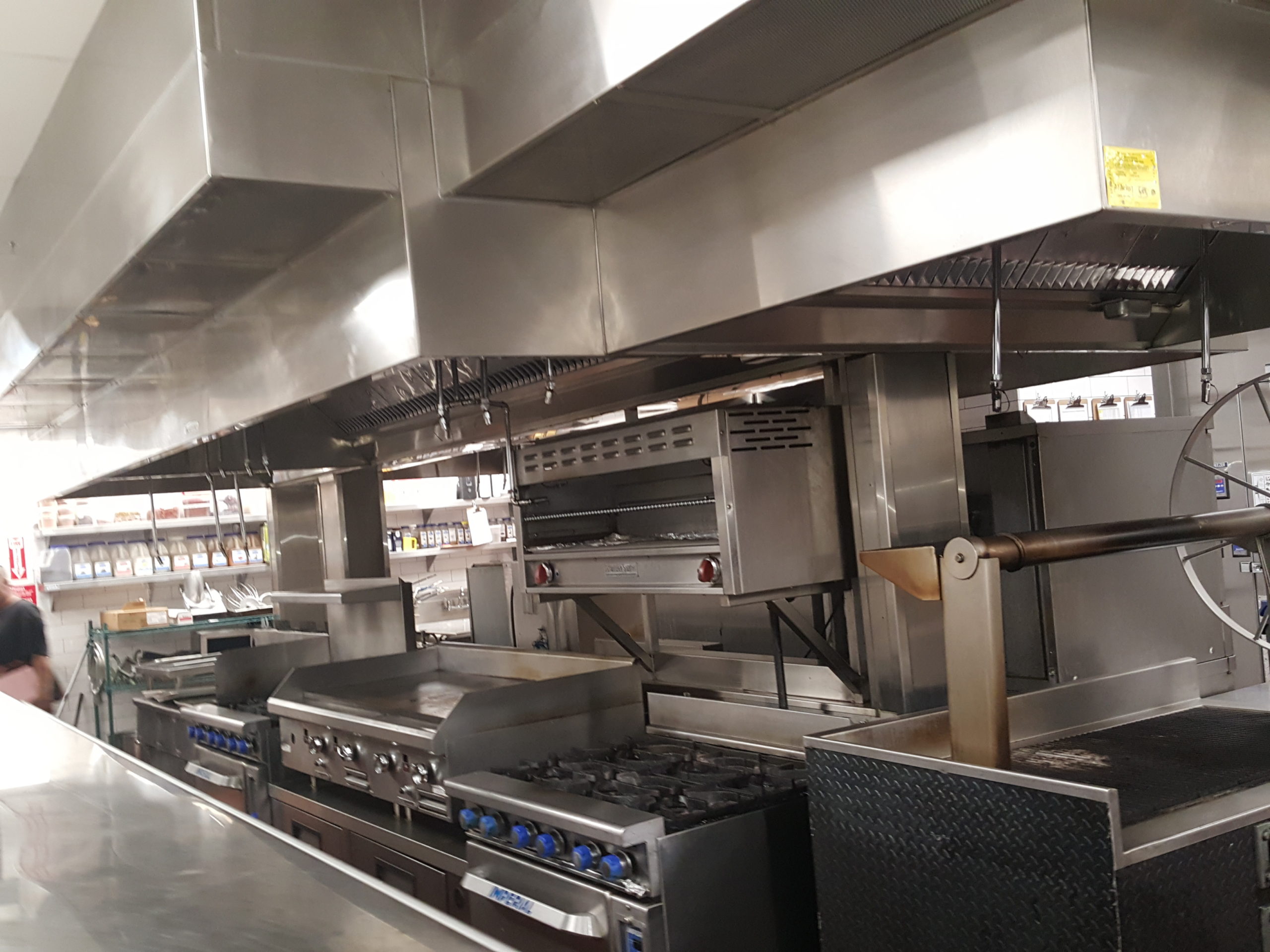- Regularly clean your hood exhaust system(s).
- Clean the filters daily or at best weekly.
- Maintain Sprinkler Systems.
- Routinely Check Alarms.
- Inspect Fire Suppression Systems.
Excluding the potential lives and injuries affected as a result of the fire, your property and livelihood are at stake. The more neglected and grease laden your kitchen is, the more likely the fire can spread to other parts of the building, or worse, to a building nearby. According to national averages, flame damages often remain contained to the building of origin where the fire started, but not the object that caught fire. This means that oftentimes other cooking equipment or property not directly involved in the fire become damaged. The cost of replacing equipment or restoring structural damage far exceeds the cost of regular equipment and vent hood cleaning.

